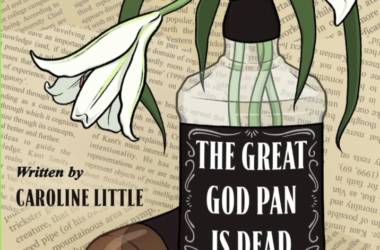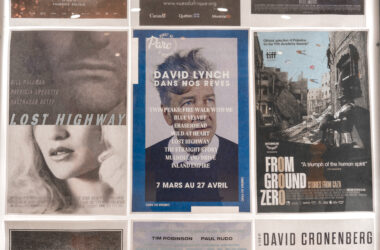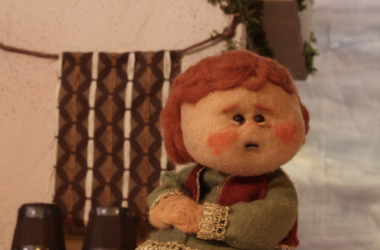 Yves Renaud
Yves RenaudOpéra de Montréal calls Antonin DvoÅák’s Rusalka “the story of The Little Mermaid, enhanced by DvoÅák’s captivating melodies.” Indeed, much of the story bears that resemblance; it follows a water nymph, Rusalka, who has fallen in love with a human prince. With the reluctant help of her father and the witch Ježibaba, she is turned into a human on the condition that she is mute to humankind and risks damnation if her lover abandons her. Darker than its Disney counterpart, the opera brings forth tragedies of human passion.
Though well known for his symphonies, Rusalka displays DvoÅák’s ability to depict musical drama in other forms. In his famous New World Symphony of 1893, it’s clear that he understood contrasting musical elements, from peaceful pastoral settings to fierce echoes of the frontier. Rusalka bears a resemblance to the contrasting textures and harmonies found in this famous symphony, but with touches of poignant chromaticism and the emotional tenderness necessary to evince Rusalka’s passion and tragic isolation.
Through the direction of Eric Simonson, Opéra de Montréal brought this Czech opera to the Quebec stage for the first time and did perfect justice to DvoÅák’s dramatic work. As the curtain opened, we were in awe. One might assume it was because of the dancers (and Siminson’s use of ballet choreography showed a deep understanding of integrating artistic forms) the singers, or the harmonies, but the sets were what was truly stunning.
The primary mechanism used for the sets, other than a few boulders for the forest and stairs for the prince’s palace, was projection. Wendall Harrington, often called the “godmother of projection design,” brought an astonishingly beautiful component to the opera stage. Through the stunning use of videos, pictures, and 3D animation, the sets were incredibly vibrant. The mystical lake of the nymphs rippled, trees swayed in the wind, and clouds drifted across the moon. During Rusalka’s famous “Song to the Moon,” I was fixated not on Kelly Kaduce’s wonderful interpretation of the solo, but rather on the drifting clouds and stunning moon behind her. Indeed, the sets were so attractive that I was beginning to feel I was in the opera. It’s worth seeing this production just for Harrington’s wonderful work.
While the sets provided the initial “wows,” the production was nearly perfect all the way through. John Keenan, as guest conductor, weaved together a brilliant interpretation of the music, bringing emotional depth and clarity to DvoÅák’s score. The soloists, too, brought the stirring music to life. Robert Pomakov’s Vodnik, though sometimes dry, depicted Rusalka’s father as both a playful and ultimately sincere figure. Liliana Nikiteanu, playing the witch, excelled as her devious yet comical character. Ewa Biegas vividly portrayed the foreign princess’ pompousness and arrogance. Most of all though, Kelly Kaduce’s Rusalka was captivating. Even as a mute character in the second act, Kaduce’s stage presence was astounding.
The costume design was excellent as well. In order to elicit a sharp contrast between the mythical culture of nymphs and the lives of humans, head of costumes Kärin Kopischke designed classic, elegant, yet modest garments for the nymphs while giving modern touches to the humans. Rusalka’s isolation became immediately apparent in her new human world as she, still in her dreadlocks and unable to speak, is surrounded by dancers and aristocrats dressed in lavish suits and dresses from the 1940s. Rusalka’s loneliness was powerfully apparent due to costumes and choreography.
The imaginative choreography, brilliant soloists, captivating projections, and moving music left me speechless.
Rusalka runs until Nov. 19 at Place des Arts.








